Panama City: Amador Peninsula
History
The Amador Peninsula is a half-manmade, half-natural peninsula that extends out from mainland Panama City into the Bay of Panama. It seemed pleasant and pretty, so I spent a day here while I was in Panama City.
Initially, four islands existed: Naos, Culebra, Perico, and Flamenco. These islands have been historically recognized as useful defensive grounds given their location in front of Panama City and the history that this city has facing invaders (pirates and privateers). Near the end of the construction of the Panama Canal, in 1913, the United States built the causeway, the road that connects the mainland to the islands over the water using rock extracted during excavations for the canal. Next, they built forts that would be used to protect the Pacific entrance of the Panama Canal: Fort Grant on the islands and Fort Amador inland.
In 1943, the forts were removed and the Amador Peninsula has since been through several transitions. Manuel Noriega, the dictator who ruled Panama from 1983-1989, had a private house on one of the islands. Now, the peninsula is mainly a site for tourism and leisure, with a roadway, walkway, bike lanes, restaurants, parks, green spaces, restaurants, museums, hotels, and a marina.
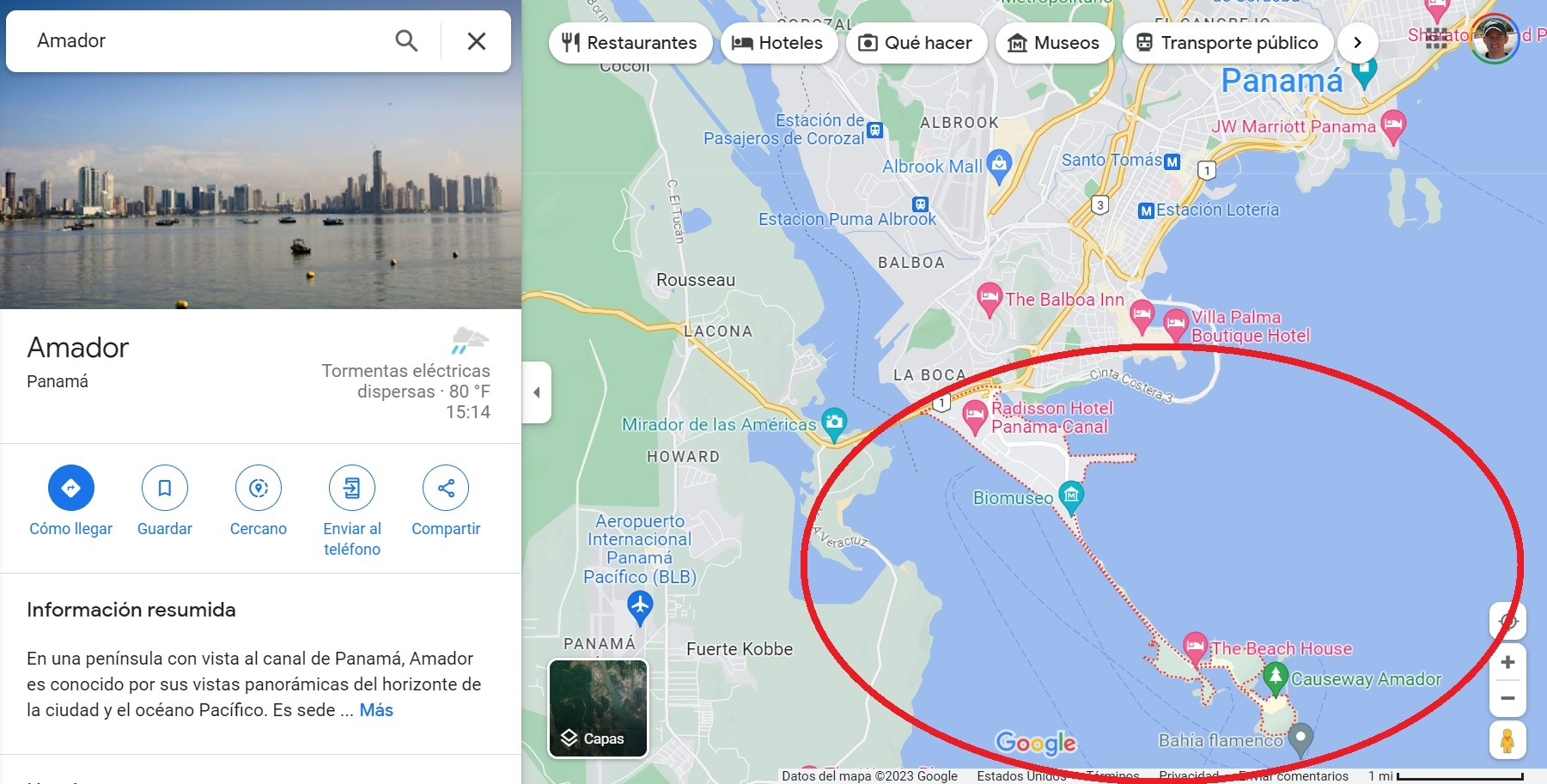
Moses Bike Rentals
You can definitely walk across the causeway and around the islands. A round trip is about an 8-kilometer (5 miles) journey, which would probably take nearly two hours of time. I thought that riding a bicycle would be more fun, so I rented one from Moses Bike Rentals. They are located right before the causeway begins. Just put their name in Google Maps and you will see where they are. Their prices are really affordable--Between $2.80 and $4.30 per hour for a bike.
Here is their website: https://bicicletasmoses.com/
Biomuseo
One place where you have to spend a few hours if you are in this part of Panama is the Biomuseo. The most notable thing about it is obviously the architecture of the building. This colorful structure was designed by famous Canadian-American architect Frank Gehry. His portfolio is wild. Check it out. There is a link below. You might recognize some of the structures.
Frank Gehry's portfolio: https://www.architecturaldiges...
Anyway, the Biomuseo is a museum devoted to biodiversity in Panama. The term biodiversity comes from biological diversity. It refers to the variety of life on earth at all its levels, from genes to ecosystems, and can encompass the evolutionary, ecological, and cultural processes that sustain life (American Museum of Natural History).
Panama's role in the world's biodiversity is massive. When the isthmus formed through volcanic activity three million years ago, it drastically changed the natural world in a variety of ways. For example, because the isthmus divided the Atlantic and Pacific Oceans, it re-routed the currents in these oceans. By sending Atlantic Ocean water north through the Caribbean Sea, which carried warm Caribbean waters northeast towards Europe, northwestern Europe's climate warmed by 10-degrees Celcius. Also, the isthmus of Panama essentially formed a land bridge connecting the North American and South American continents, which allowed animals to cross between these continents and live in regions today where they otherwise would never have been able to live.
Source: https://earthobservatory.nasa....
There is a lot of really cool stuff to learn here. I definitely recommend spending a few hours at the Biomuseo.
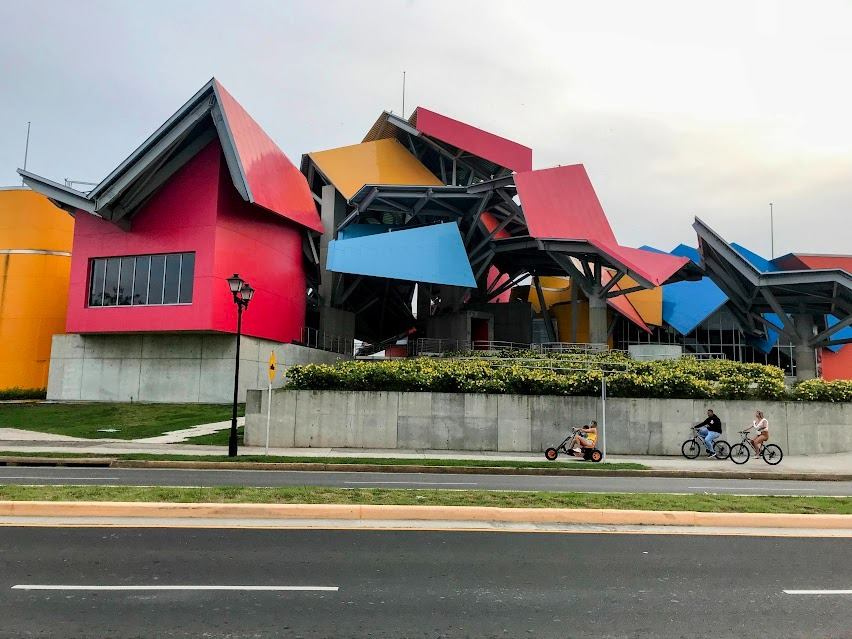
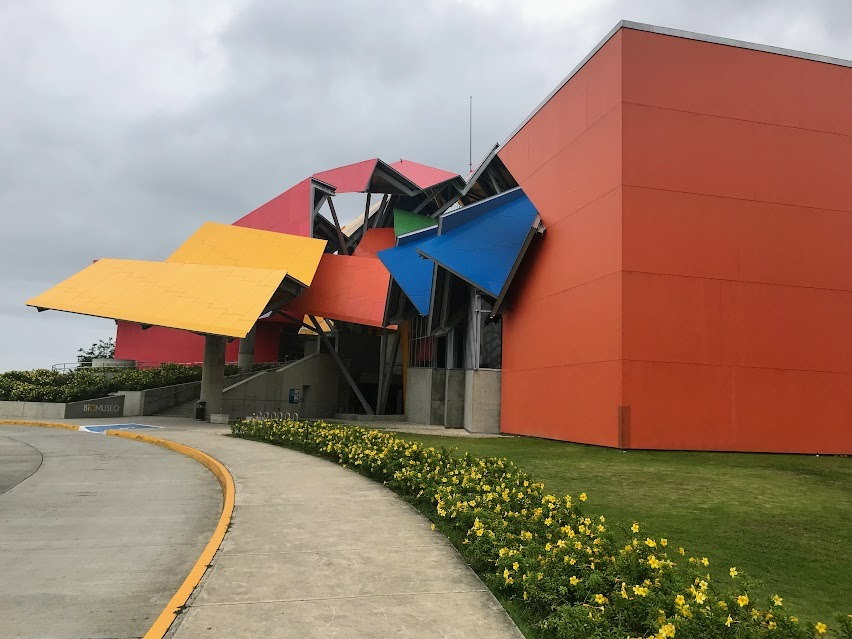
On the Causeway
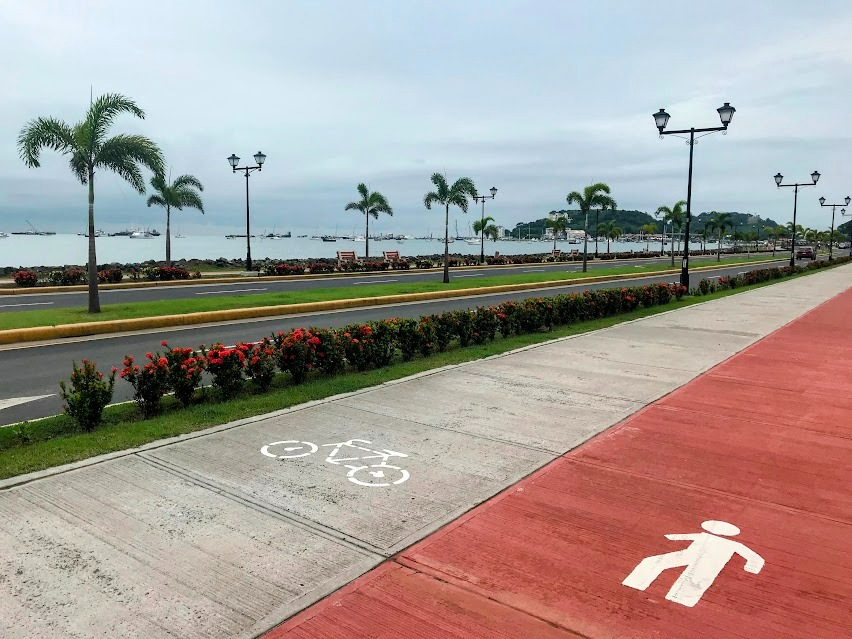
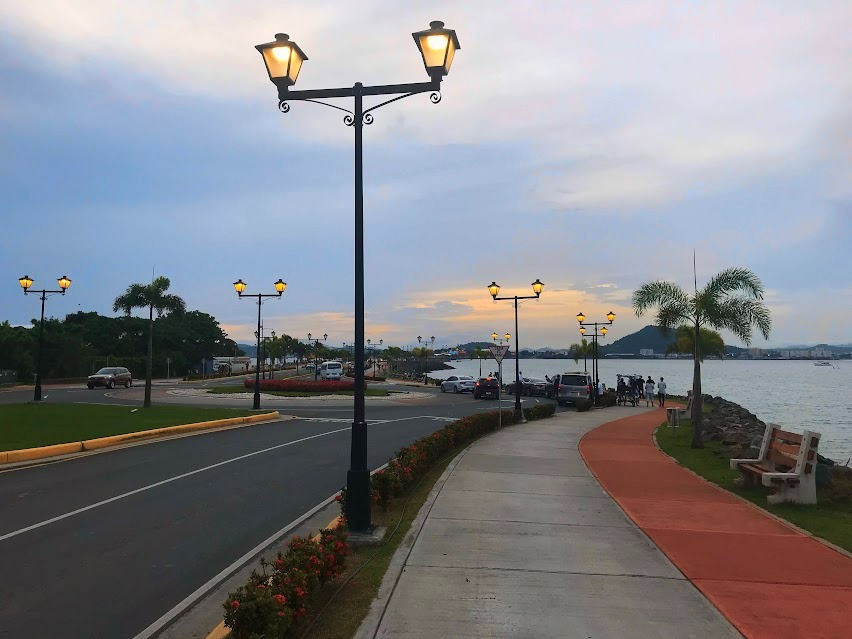
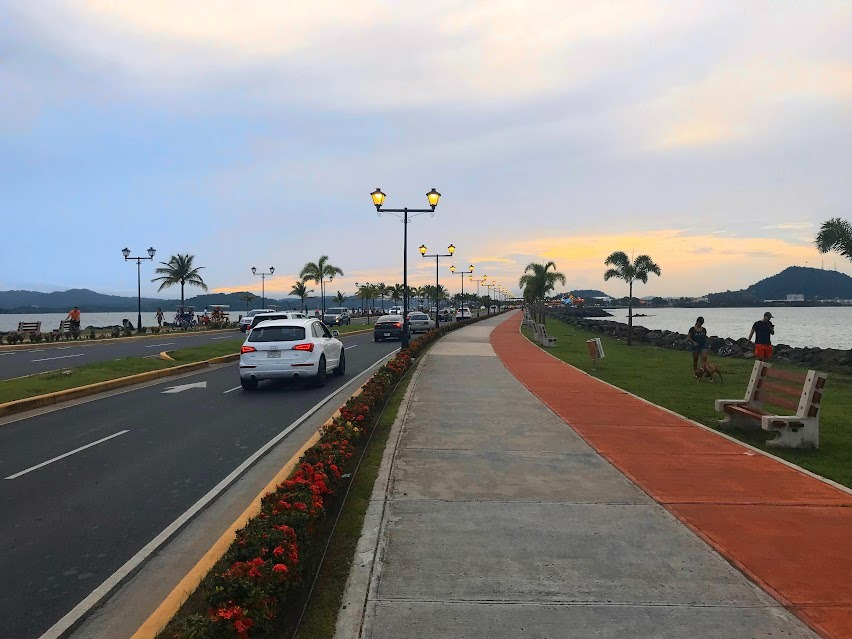
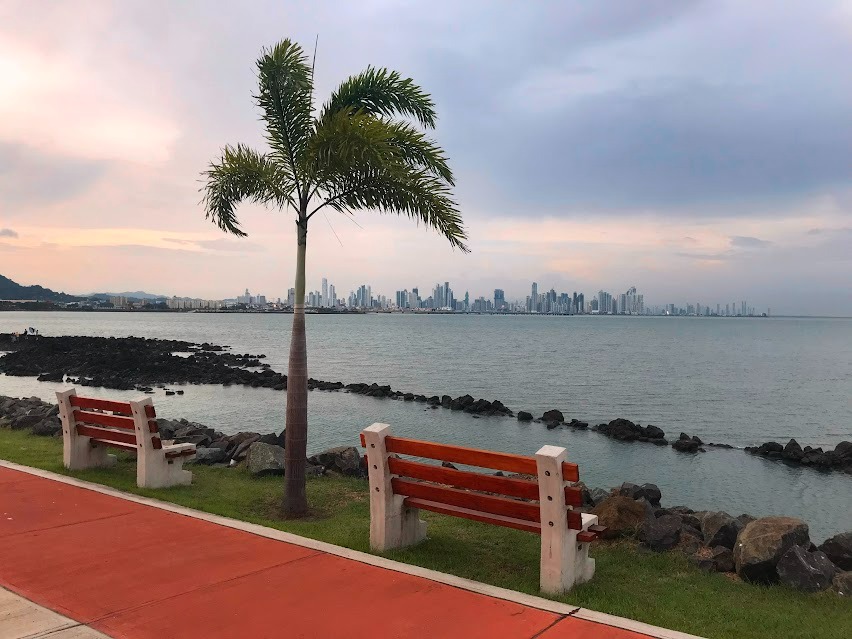
Around the Islands
There are a lot of activities that you can do here: Boat rides, nature centers, shopping, etc. I just rode my bike and got lunch (ceviche). But, if you want to do more, Lonely Planet has a great page explaining all the different things you can do on the Causeway Islands: https://www.lonelyplanet.com/a...
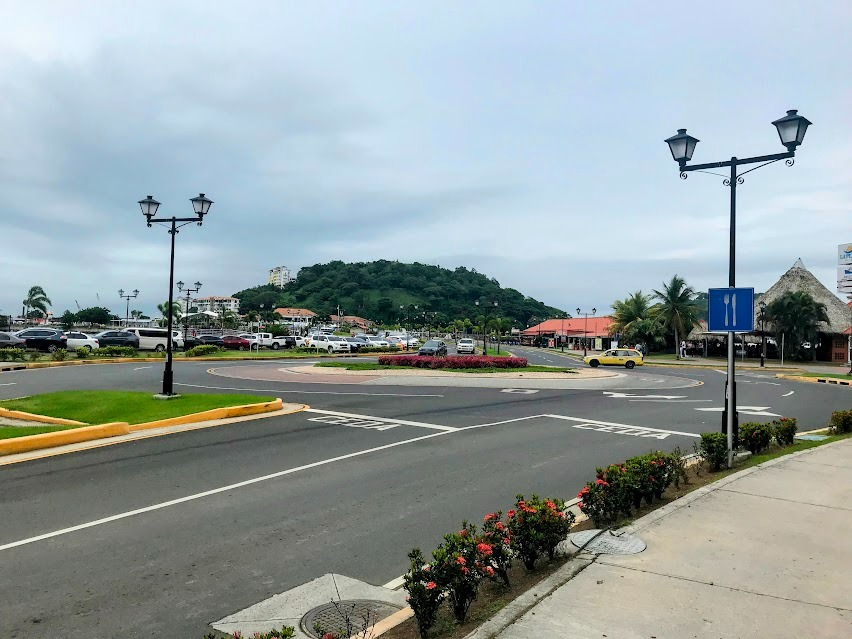

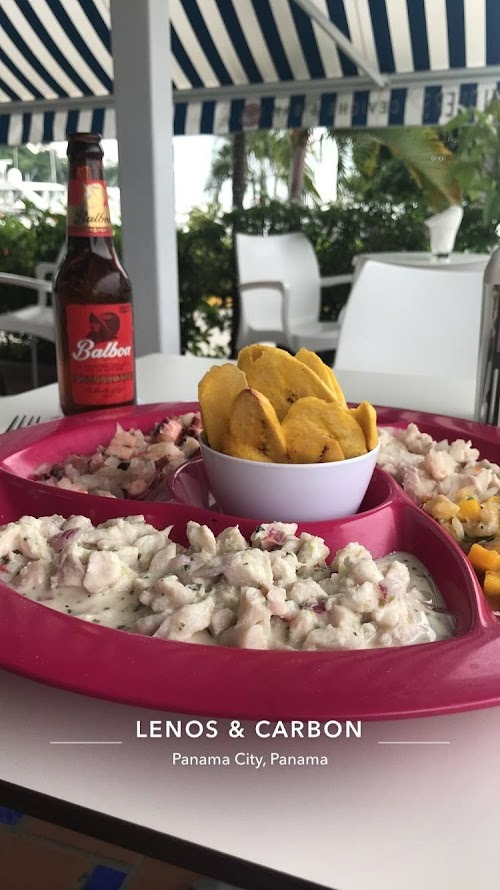
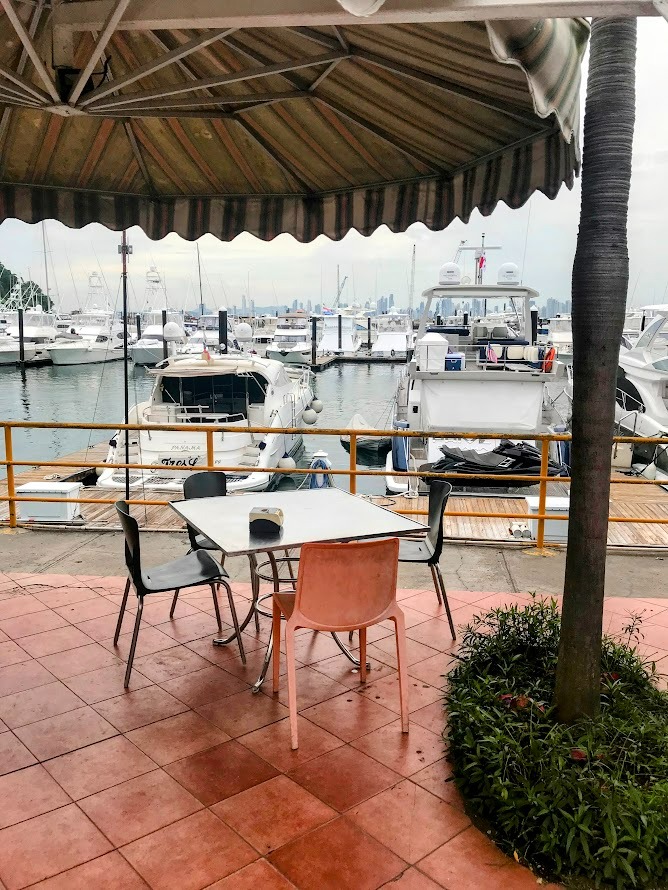
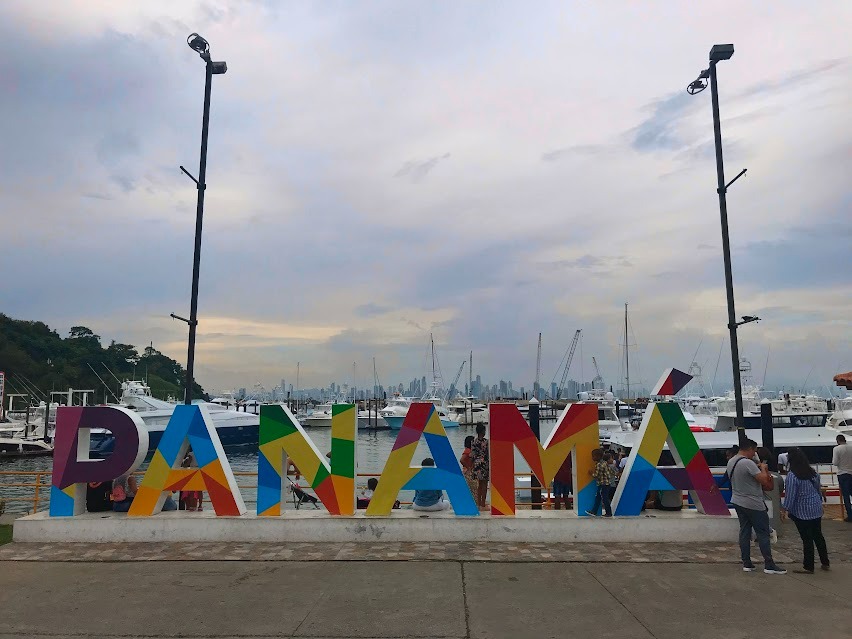

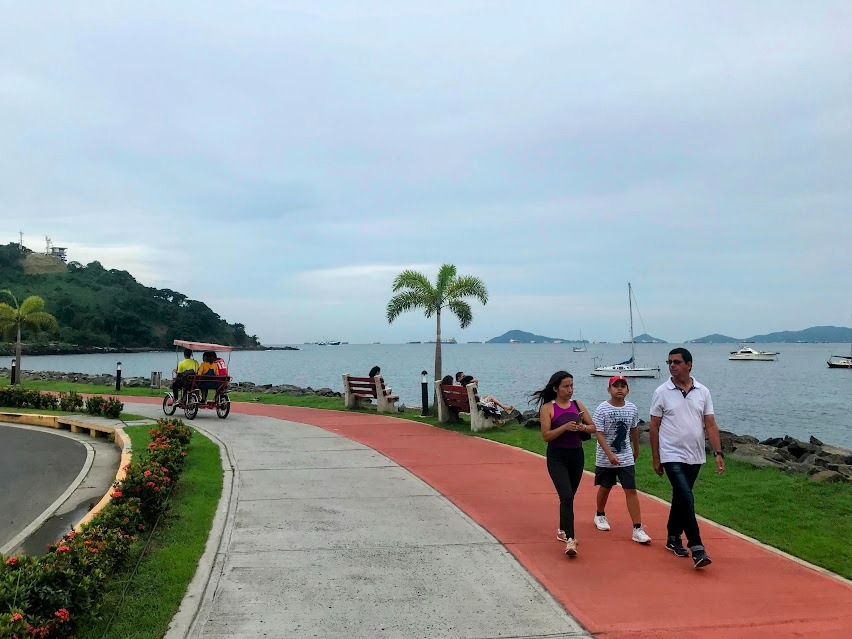
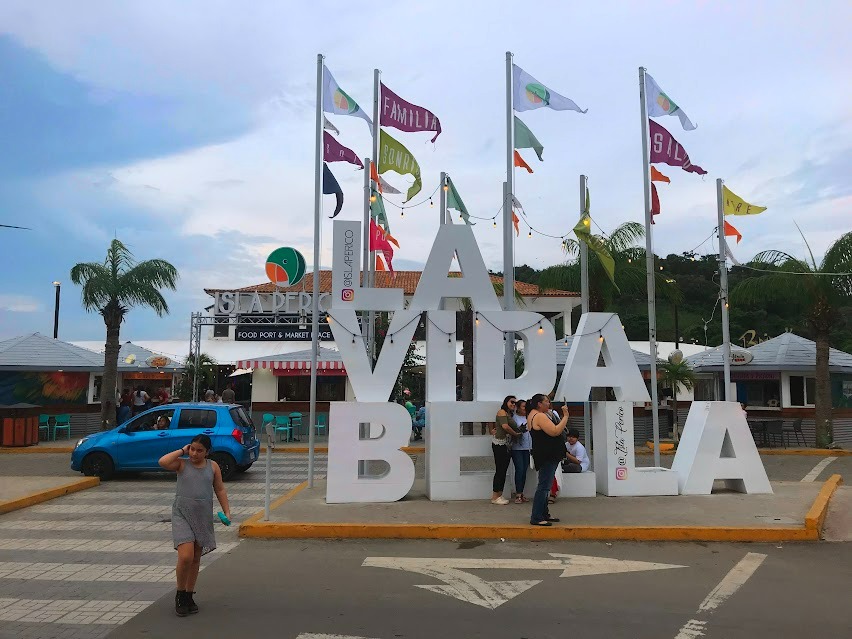
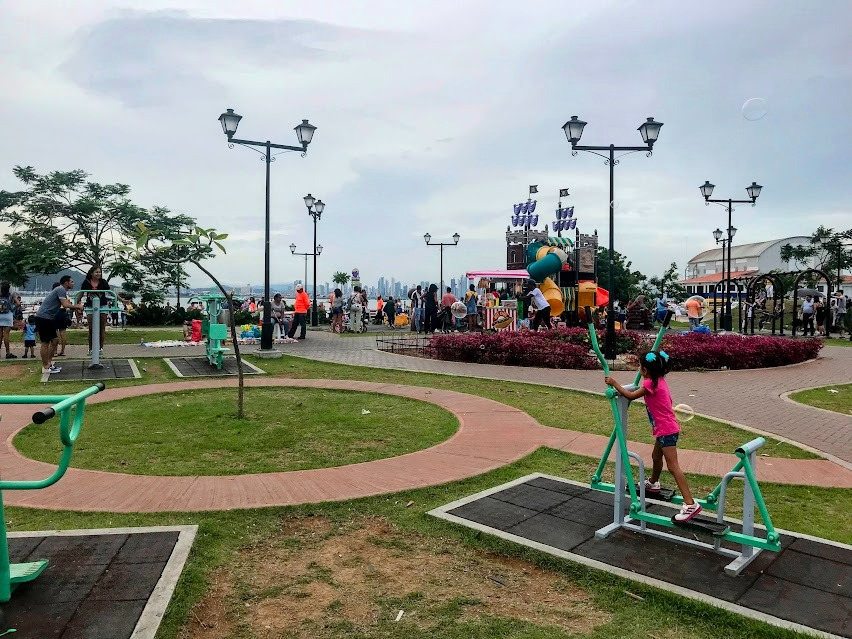
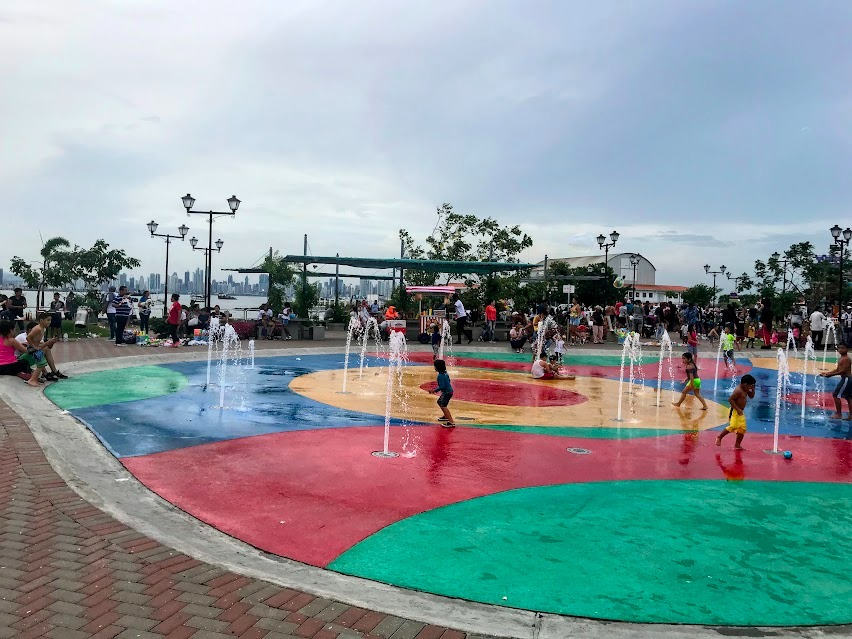
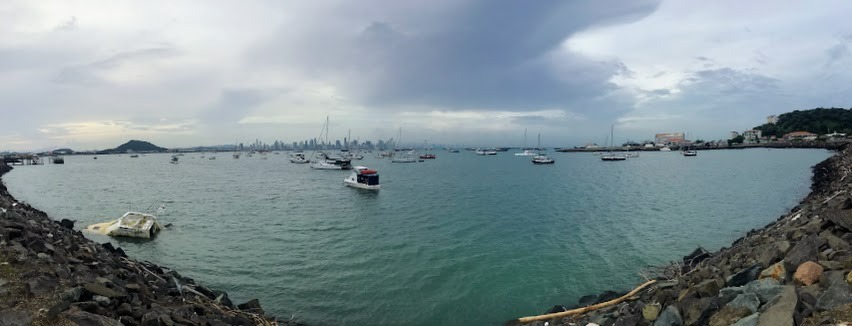
Raspao
Finish the day with Raspao. Raspao is the Panamanian word for snow cone, or shaved ice. You might be more familiar with piragua, the Puerto Rican word for snow cone. There are a number of ways to say snow cone in Spanish that vary by country. Here is a list: https://www.speakinglatino.com...
Anyway, since the Amador Causeway is a touristy area, you are likely to encounter a Raspao vendor. The weather here is hot, so a raspao is refreshing. The vendor was also really friendly--happy to chat and take a picture. Meeting people on the streets is one of the best things about traveling.
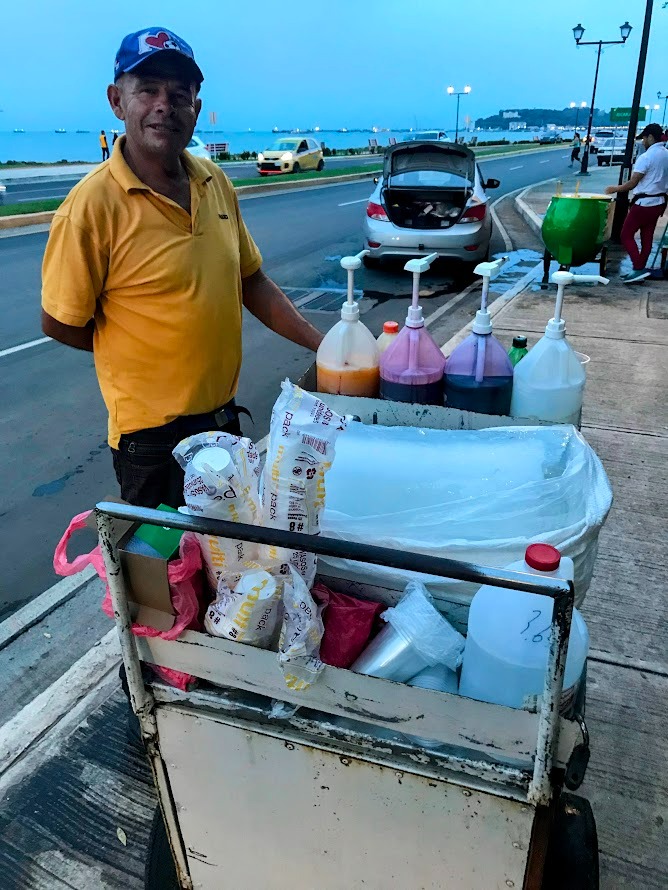
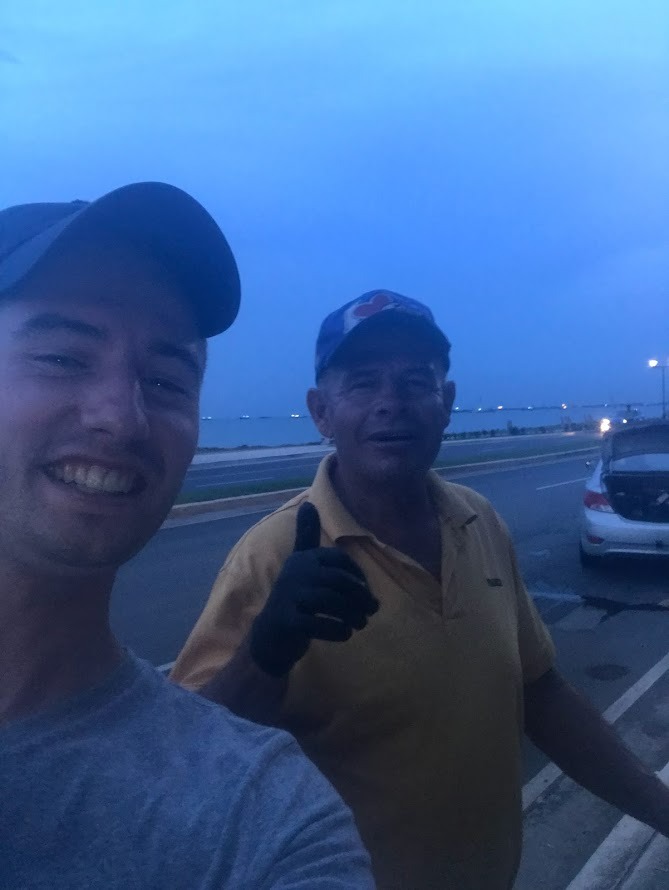
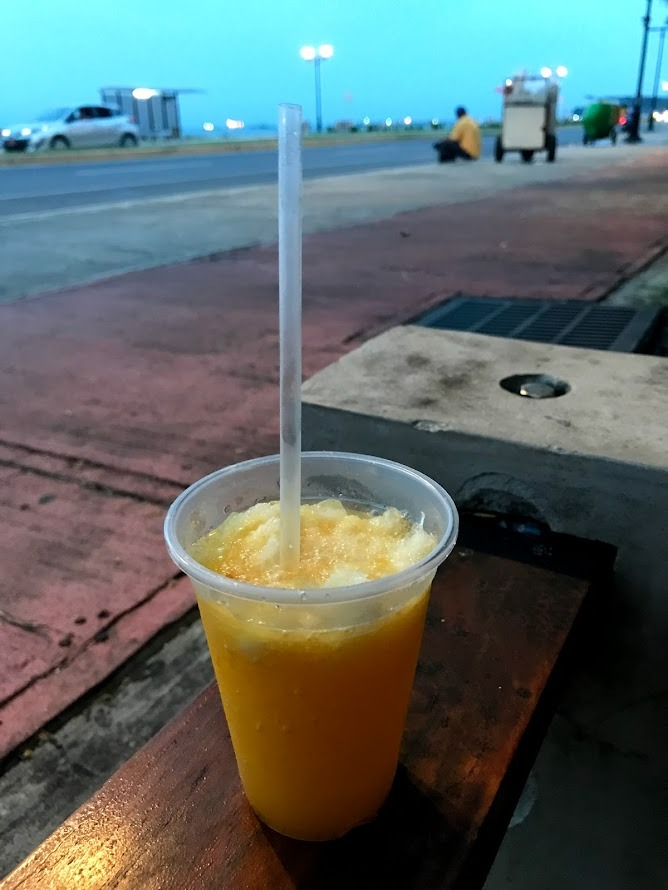
Post a comment